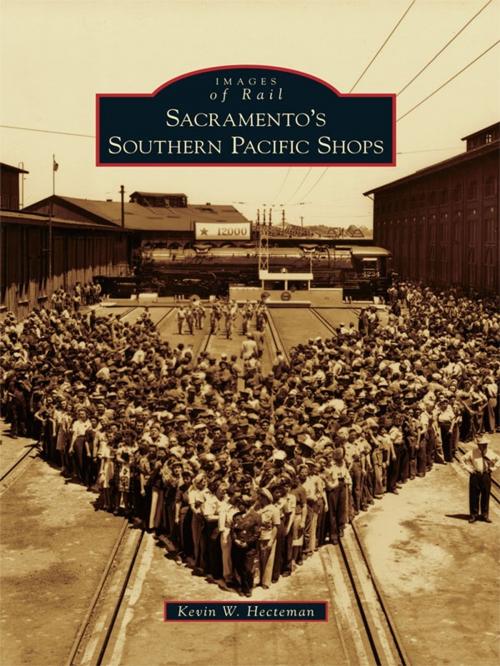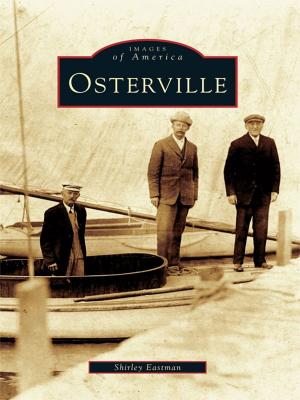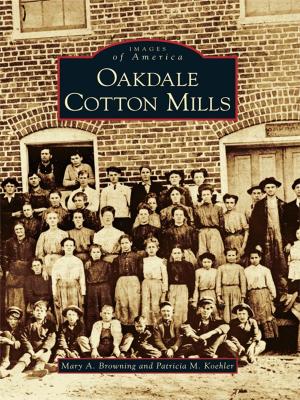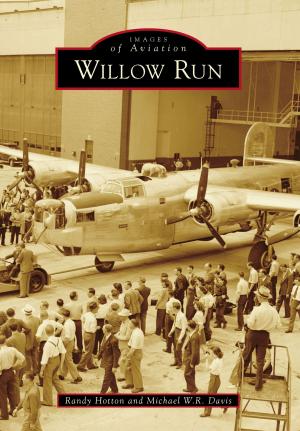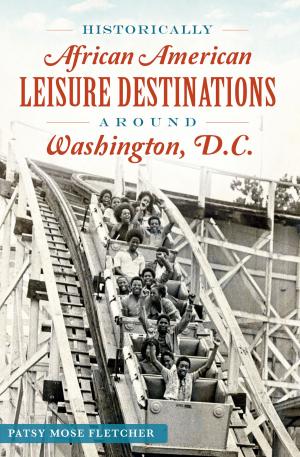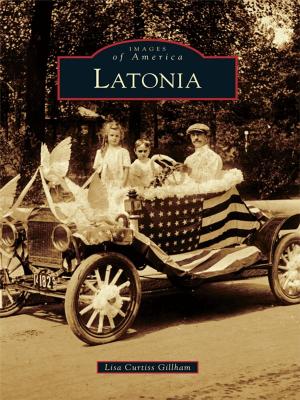Sacramento's Southern Pacific Shops
Nonfiction, Reference & Language, Transportation, Railroads, History, Art & Architecture, Photography, Pictorials, Travel| Author: | Kevin W. Hecteman | ISBN: | 9781439640159 |
| Publisher: | Arcadia Publishing Inc. | Publication: | May 10, 2010 |
| Imprint: | Arcadia Publishing | Language: | English |
| Author: | Kevin W. Hecteman |
| ISBN: | 9781439640159 |
| Publisher: | Arcadia Publishing Inc. |
| Publication: | May 10, 2010 |
| Imprint: | Arcadia Publishing |
| Language: | English |
In 1862, the Central Pacific Railroad was founded and began building eastward from Sacramento as part of the transcontinental railroad. This required a shop capable of keeping the railroad�s equipment in running order. So in 1867, in the swamps just north of town, the Sacramento shops were born. For well more than a century, this massive complex kept the Central Pacific and its corporate successor, the Southern Pacific, operating smoothly. For many decades, the shops were the largest employer in the Sacramento area, employing carpenters, painters, draftsmen, boilermakers, electricians, clerks, upholsterers, and others. The shops� forces designed, built, and maintained locomotives, freight and passenger cars, and other railroading equipment. The complex closed in 1999. Most of the area, popularly known as the Railyards, is set for redevelopment. The California State Railroad Museum handles maintenance and restoration of its collection in two of the shops buildings and plans to develop a Railroad Technology Museum on the site.
In 1862, the Central Pacific Railroad was founded and began building eastward from Sacramento as part of the transcontinental railroad. This required a shop capable of keeping the railroad�s equipment in running order. So in 1867, in the swamps just north of town, the Sacramento shops were born. For well more than a century, this massive complex kept the Central Pacific and its corporate successor, the Southern Pacific, operating smoothly. For many decades, the shops were the largest employer in the Sacramento area, employing carpenters, painters, draftsmen, boilermakers, electricians, clerks, upholsterers, and others. The shops� forces designed, built, and maintained locomotives, freight and passenger cars, and other railroading equipment. The complex closed in 1999. Most of the area, popularly known as the Railyards, is set for redevelopment. The California State Railroad Museum handles maintenance and restoration of its collection in two of the shops buildings and plans to develop a Railroad Technology Museum on the site.
